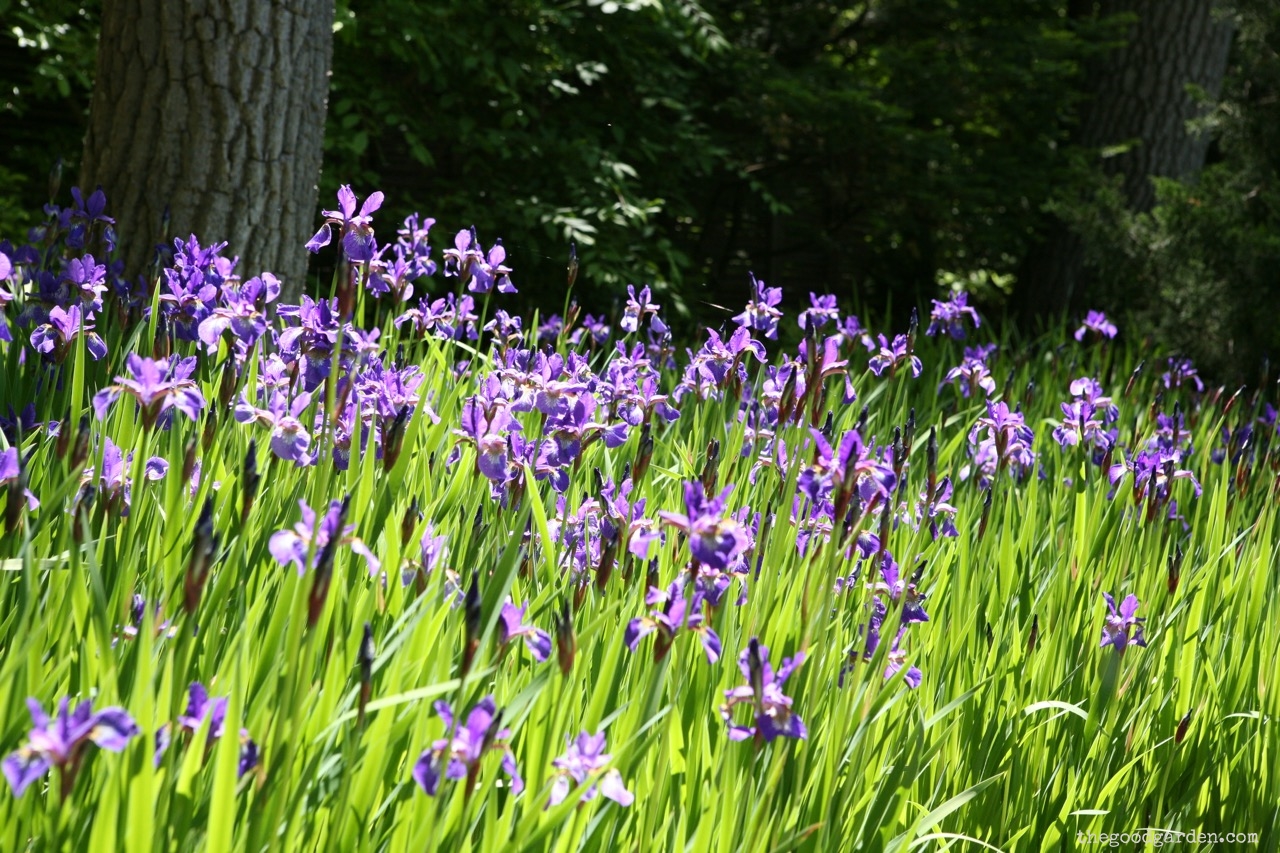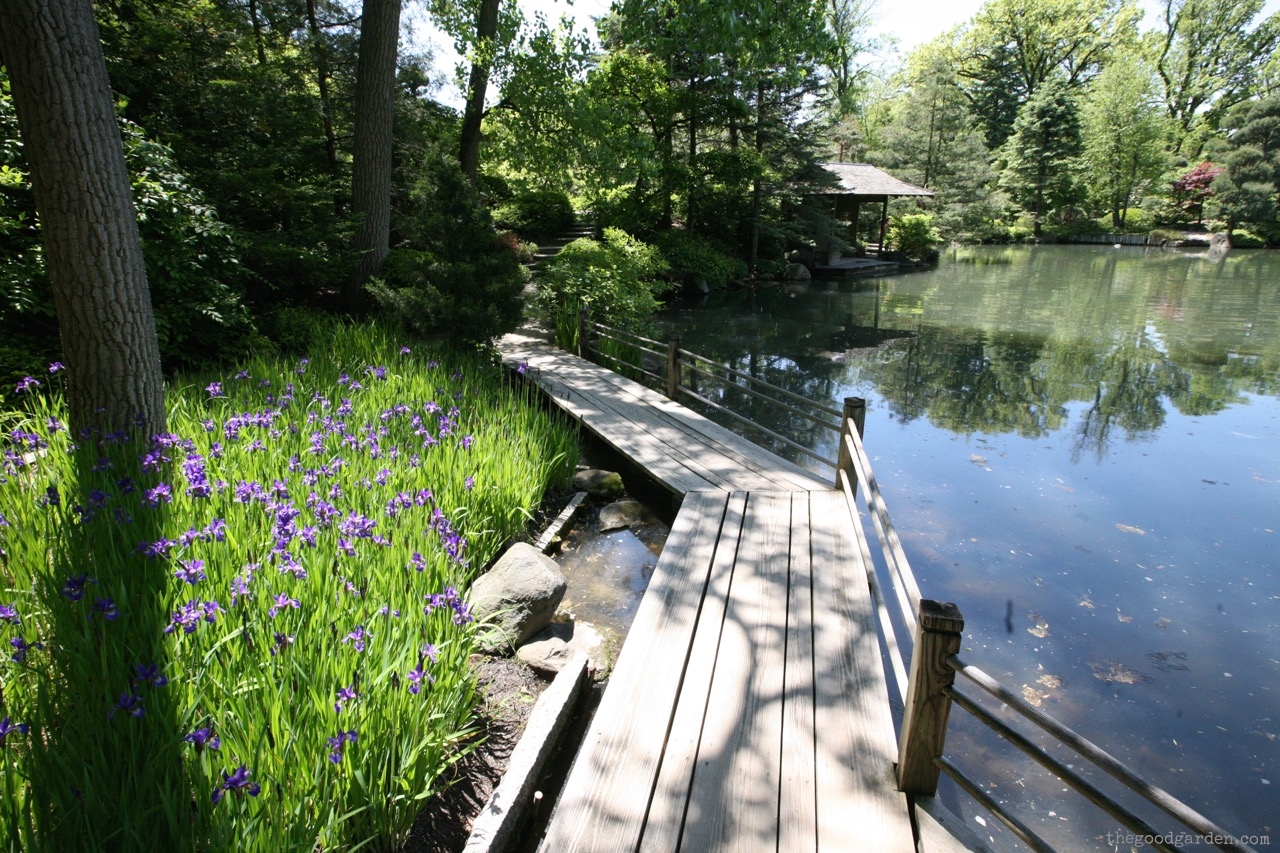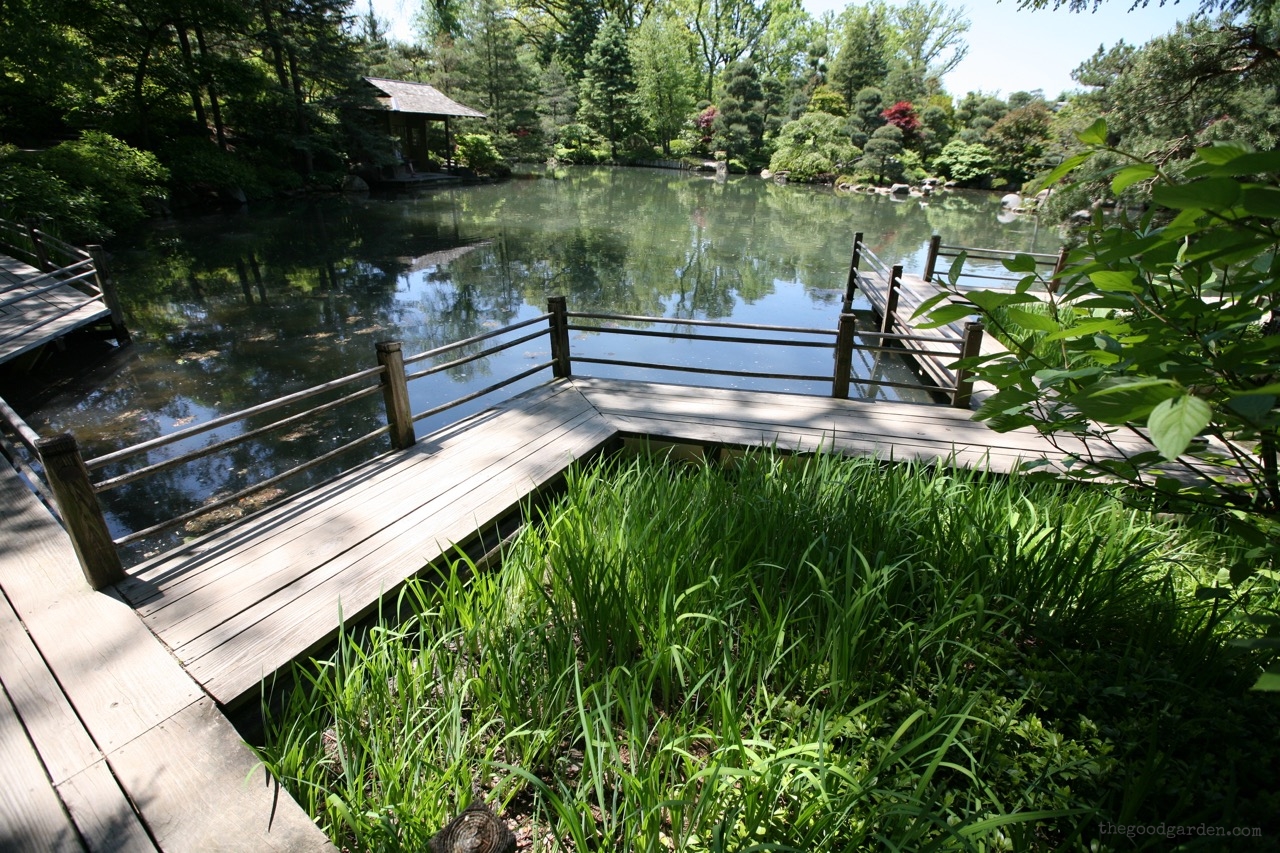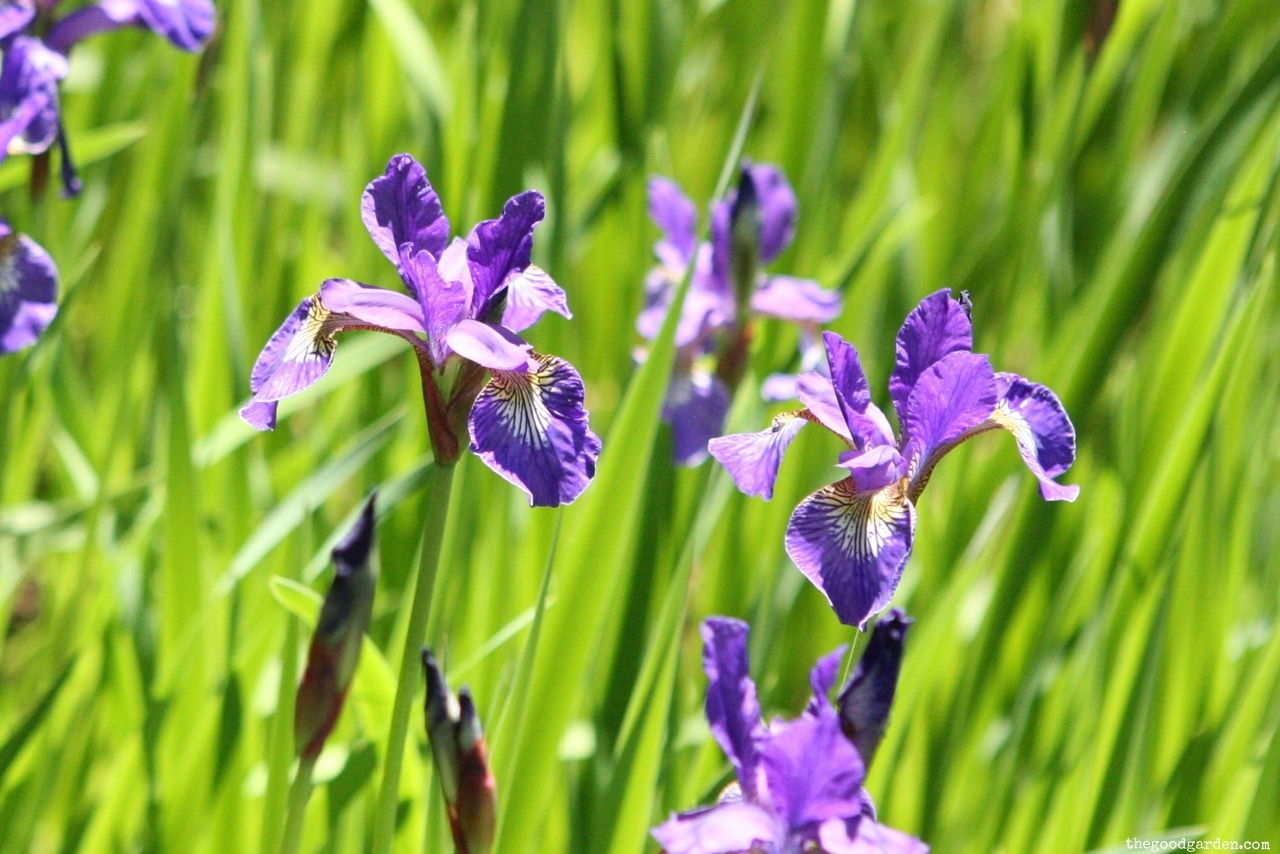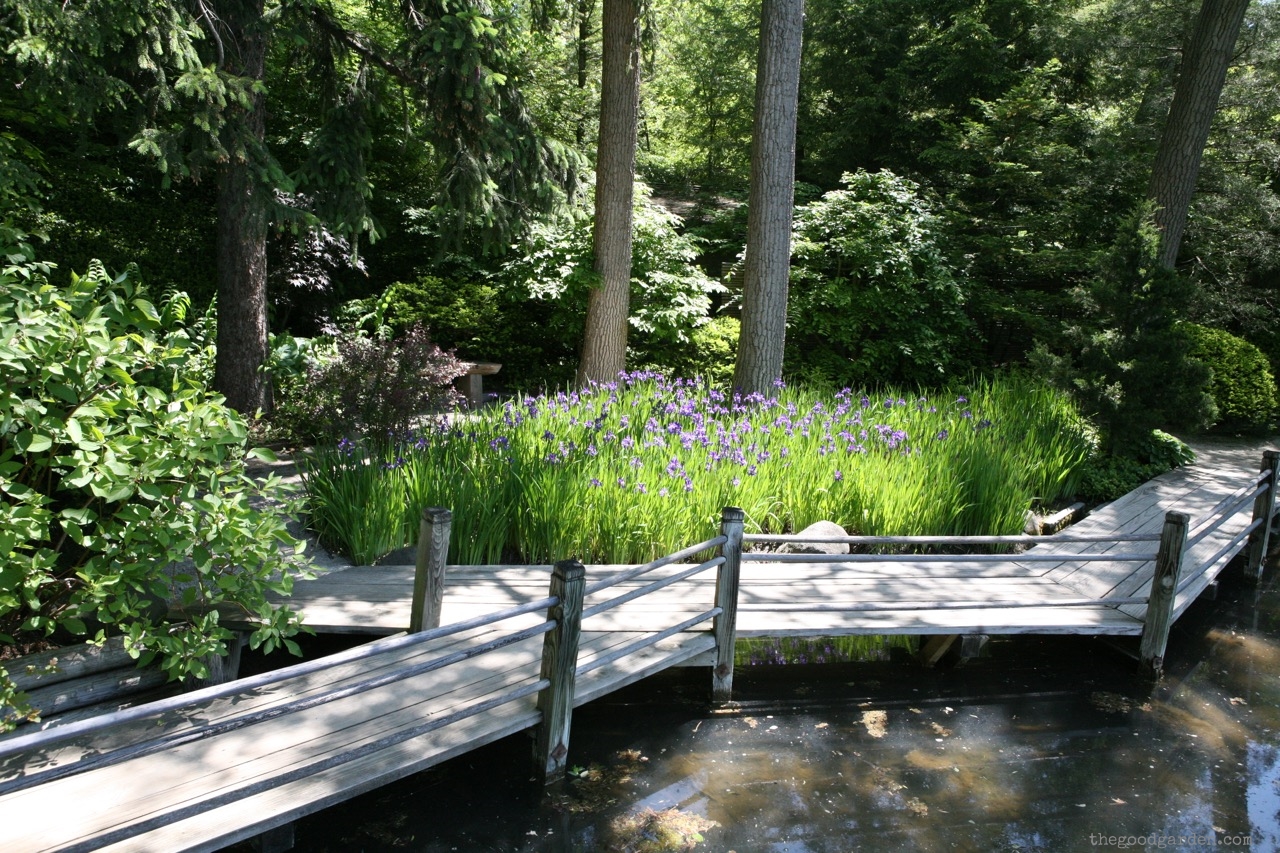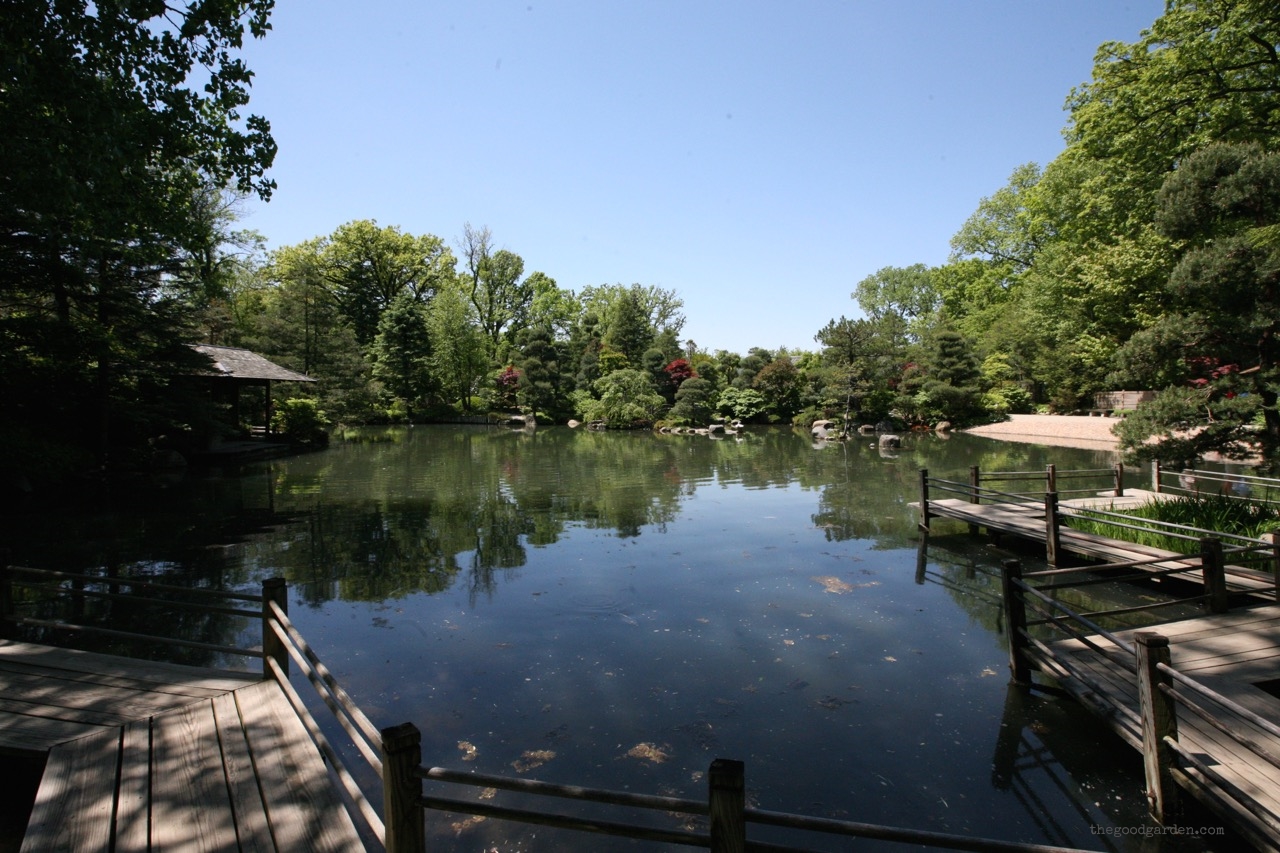I am often struck by the connection between gardens and art. Nature and gardens have always inspired poets and painters. And works of art, in turn, inspire designers to re-create scenes in 3 dimensions. This zig-zag bridge and irises were inspired by the 900 CE poem called The Tales of Ise....
Read MoreGarden taboos
Each year spring seems to come later and later. So while I wait for my seeds to start and the last of the snow to melt, I am drawn to old garden guides to help me understand the ideas behind historic gardens.
Written around 1000 CE by a Japanese court noble, Sakuteiki, which translates as “records of garden making,” is one of the oldest garden guides. Full of advice, it provides the secret ingredients required to create harmony and balance in the garden.
Sakuteiki advises gardeners to take inspiration from nature: “Travel throughout the country and one is certain to find a place of special beauty. However, there will surely also be several places nearby that hold no interest whatsoever. When people make gardens they should study only the best scenes as models. There is no need to include extraneous things.”
One of my favorite sections of the Sakuteiki relates to Geomancy (the root of the practice of Feng Shui). This section taps into the energy of the earth to create harmonious spaces.
Here are sample quotes come from the chapter called Taboos:
“[On] using a stone that once stood upright in a reclining manner … that stone will definitely … be cursed.”
”The best ponds are shallow. When a pond is deep, fish become too big and big fish cause problems for people.”
“When building hills, the valleys between them should not face directly toward the house for… it is unlucky for women of the house to be faced with a valley.”
“Do not set stones where rainwater will drip off a roof onto them. Anyone hit by rainwater splashed off such a stone will develop terrible sores.”
At first these quotes may seem out of place in a garden guide. But East Asian gardens always feel wonderful, so I believe that there is merit to these bits of wisdom. The courtyard at the Lingering Garden pictured above shows how the advice shared in Sakuteiki can play out. Each stone is positioned as if in nature and carefully placed to create balance and harmony. A valley formed by rocks creates a pathway and cuts the garden at a diagonal, which does not face the house directly.
Check out Sakuteiki and enjoy garden inspiration from a thousand years ago. Or just look at more Chinese and Japanese Gardens.
Details make the garden
Entering the Japanese Friendship Garden in San Diego is like moving into another world. For starters, the garden is quiet and uncongested. Unlike other parts of Balbao Park, it requires an admission fee, so only the committed enter. With the bustle of the larger park- roller bladers, cyclists, Frisbee throwers – left behind, I was drawn in by a simple curving path.
One of the first design elements that encouraged me to pause is the simple water feature pictured above. A few pieces of bamboo guide a small stream of water onto a large rock where it splashes, overflows and disappears into the smaller pebbles.
Though beautiful by itself, this feature is actually a highly intentional ornament. It is called Tsukubai – a basin used for ritual cleansing. The cup sitting on the largest rock is used to collect water from the basin for a three step cleansing process: first for the hands - to cleanse the body; second to sip - to cleanse the spirit; and third, to clean the cup itself for the next person.

